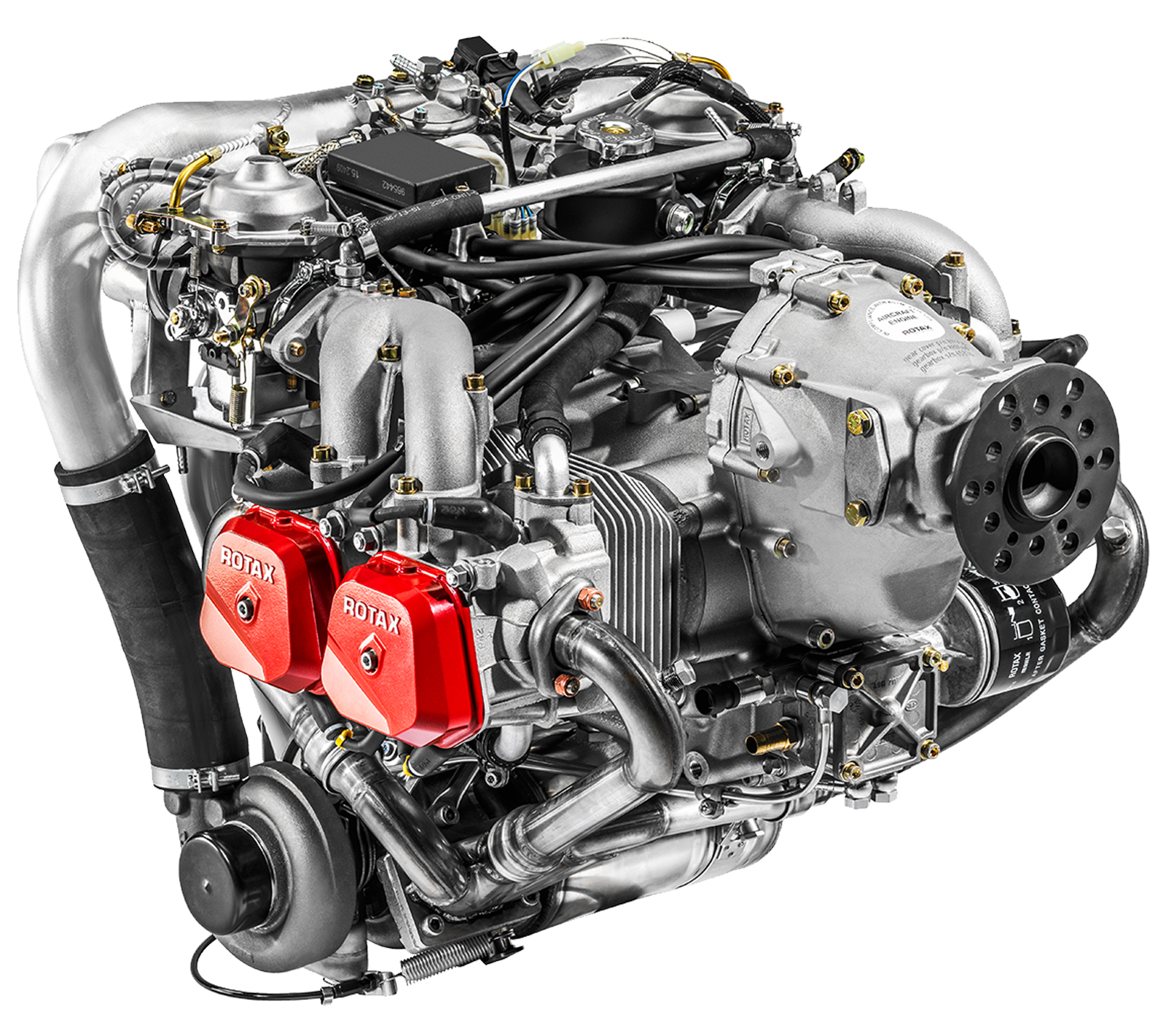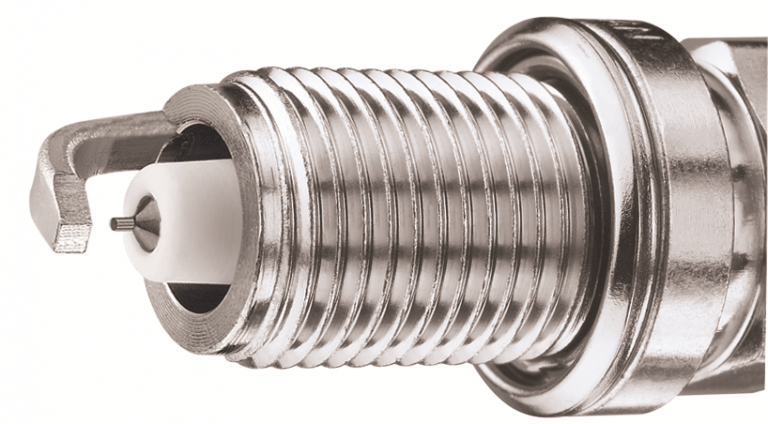Why is that? Is lead all that necessary today for modern, piston engine aircraft? If it's the shelf life, that I can somewhat understand. Because a lot of aircraft sit in hangars, and / or are tied down, far more than they are flown.For most of us, there are no pump based aviation-grade, zero ethanol, 100 octane unleaded fuels available. Are you near one of the CA airports that is supposed to have GAMU G100UL available by summer 2024?
Yes, GAMI and Swift have products they have developed, and I can't wait to try them.
But one can argue so are boats and motorcycles in temperate Winter climates. And they run fine on unleaded, especially if treated with a good, quality stabilizer like Sta-Bil or Pri-G.
Back in Chicago I had a Toro mower with a Briggs & Stratton engine that sat for over 5 years with a tankful of unleaded 87 treated with Sta-Bil.... And when we moved to Arizona, I pulled it out of the basement, and it started on the second pull.
All of my motorcycles ran much better on unleaded Premium, than they did on leaded. Including my 1978 Kawasaki KZ-1000. Which the dealer told me to ONLY use a leaded Premium. Which I did until it was no longer available.
When I switched it over to unleaded Premium, the plugs lasted far longer. And it wouldn't load up in stop and go city driving. Then misfire until I ran it at a high enough RPM on the highway, long enough to, "clear it out".
I would think most light aircraft piston engines would respond much the same.


